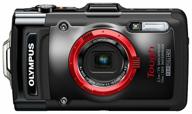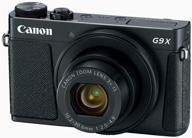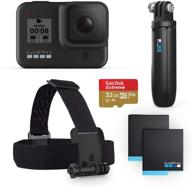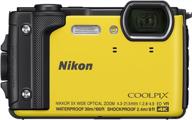
Review on Polaroid Water-resistant Housing for Point & Shoot Cameras with Lens by Jarod Lacy

I was very happy with the quality and ease of use.
This camera case worked great. I used the body with my Canon PowerShot ELPH 300 HS. First I checked it blank. I then plugged my camera in and made sure the little strap on my camera was stowed securely so it wouldn't snag on the body and get in the way of the lens. Following the instructions, I made sure the camera was positioned so that the camera lens wasn't blocked when it was powered on. I used small pieces of foam under the bottom of my camera that pressed the top of the camera against the top of the case to make it easier to press the camera buttons. I lowered the camera very slowly (observed with a snorkel and mask) and made sure no water got in before fully submerging it. As I lowered it, a stream of tiny bubbles came around the seam of the hull for a few moments, which I looked at - no water flowed. I lowered it about 7 feet. (Besides that depth, I would need additional lighting.) I was very pleased with the quality and ease of use. Other than that, I'm sure it will remain in top condition. It's important to find a container to store it between rides to make sure it doesn't bend or crush. I plan to use a hard plastic case similar to what I store my scuba mask in.
- Free for educational purposes
- Crumpled packaging
New products
Top products in 📸 Underwater Photography

📷 Olympus Tough TG-2 iHS Camera: Unleashing Unmatched Durability and Superior Quality

18 Review

Photo camera Canon PowerShot G9 X Mark II, black

35 Review

GoPro HERO8 Black Ultimate Bundle - HERO8 Black Camera, Shorty, Head Strap, 32GB SD Card, 2 Rechargeable Batteries

50 Review

📷 Nikon W300 Waterproof Underwater Digital Camera with TFT LCD, 3-inch, Yellow (Model 26525)

9 Review







